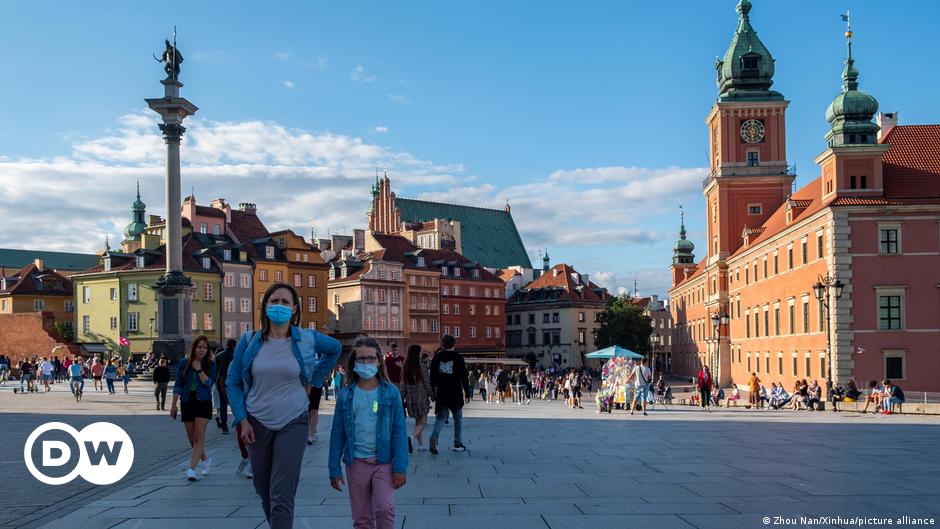Atrium said this month it plans to increase its residential assets to 40% of its portfolio by the end of 2025 with the remainder in prime shopping centers.
“Warsaw and other major cities are driven by strong demographic fundamentals, urbanization and a growing demand in the residential for rent market,” Atrium Group MD Residential, Anat Dafna, told DW.
“Prices are booming, there’s been a huge price increase in the last three years, and they have never been as high as they are now,” Patrick Pieta, of real estate firm Hamilton May in Warsaw, told DW.
Prices rose 10-12% on the primary apartment market in 2020, said Magdalena Topolska-Ziemak, of Deloitte in Warsaw.
According to data by Eurostat, prices in Poland rose 11.3% in the first quarter of 2020 and by 10.9% in the second quarter of the year year-on-year.
This means that some people are being priced out of the rental market, Maximilian Mendel, the head of residential investment at JLL in Warsaw, told DW.
“This is in large part due to investors — small and institutional — looking for a place to locate their money as interest rates remain low,” Mendel said.
Poland has the largest residential market in Central and Eastern Europe and is predominantly made up of owner-occupied housing as opposed to rental properties.
Its share in the investment market in Central and Eastern Europe overall is just under 5%, but it is likely to grow by 10% in the coming years.
“While in Berlin about 80% of people rent property, in Polish cities this is still very low, at around 10-15%,” Mendel said.
“Poles see home ownership as a very desirable thing, a sign of prestige, more so than in Germany,” Topolska Ziemak said.
“Moreover, public rental programs constitute a solid competition base and reference point for commercial entities and private owners,” she said.
The renter electorate is much smaller than in Germany and thus not a political priority.
